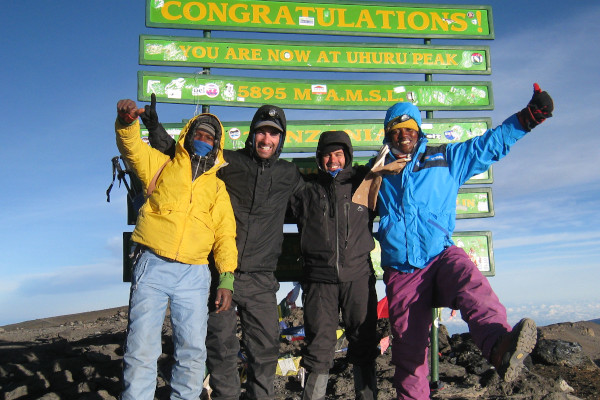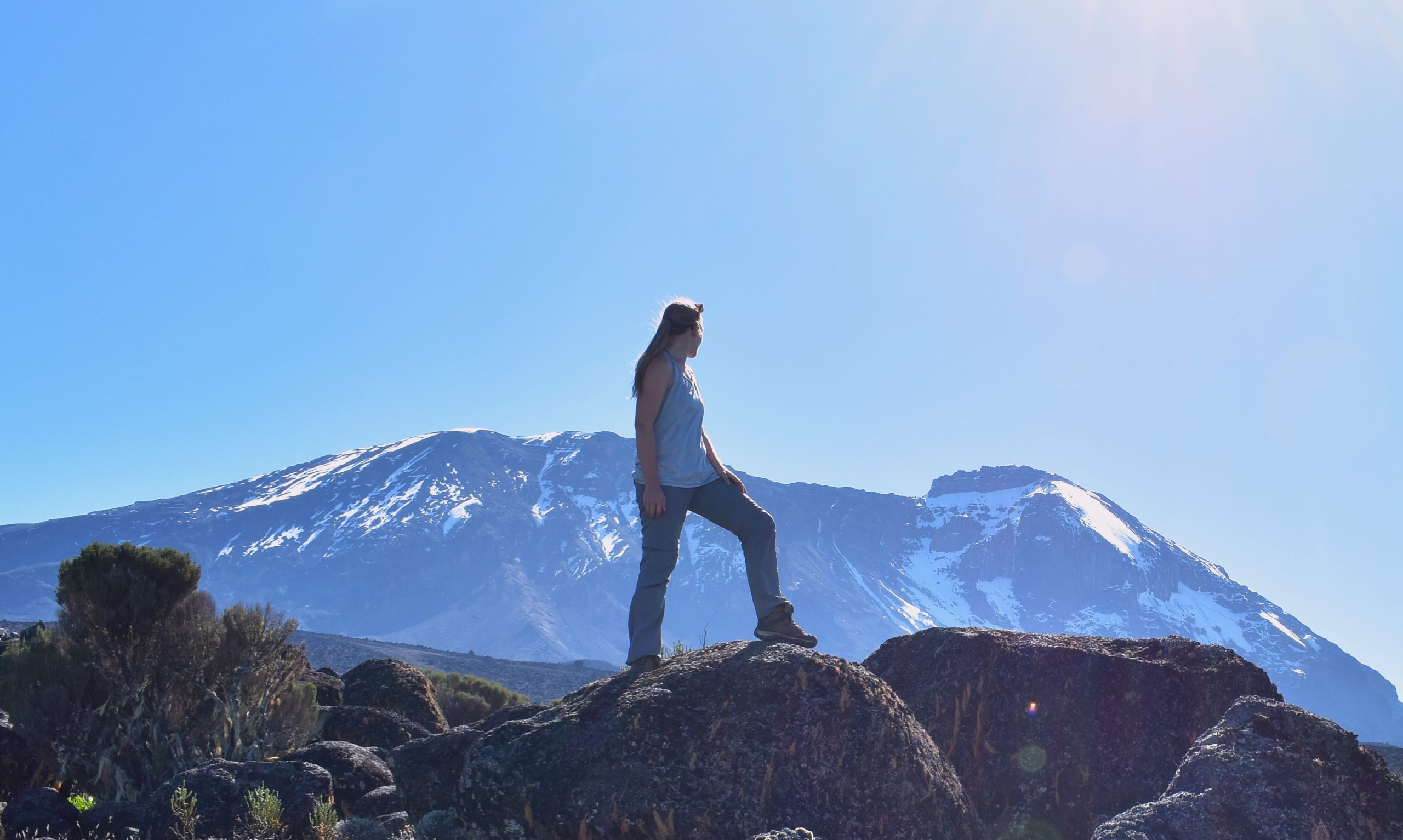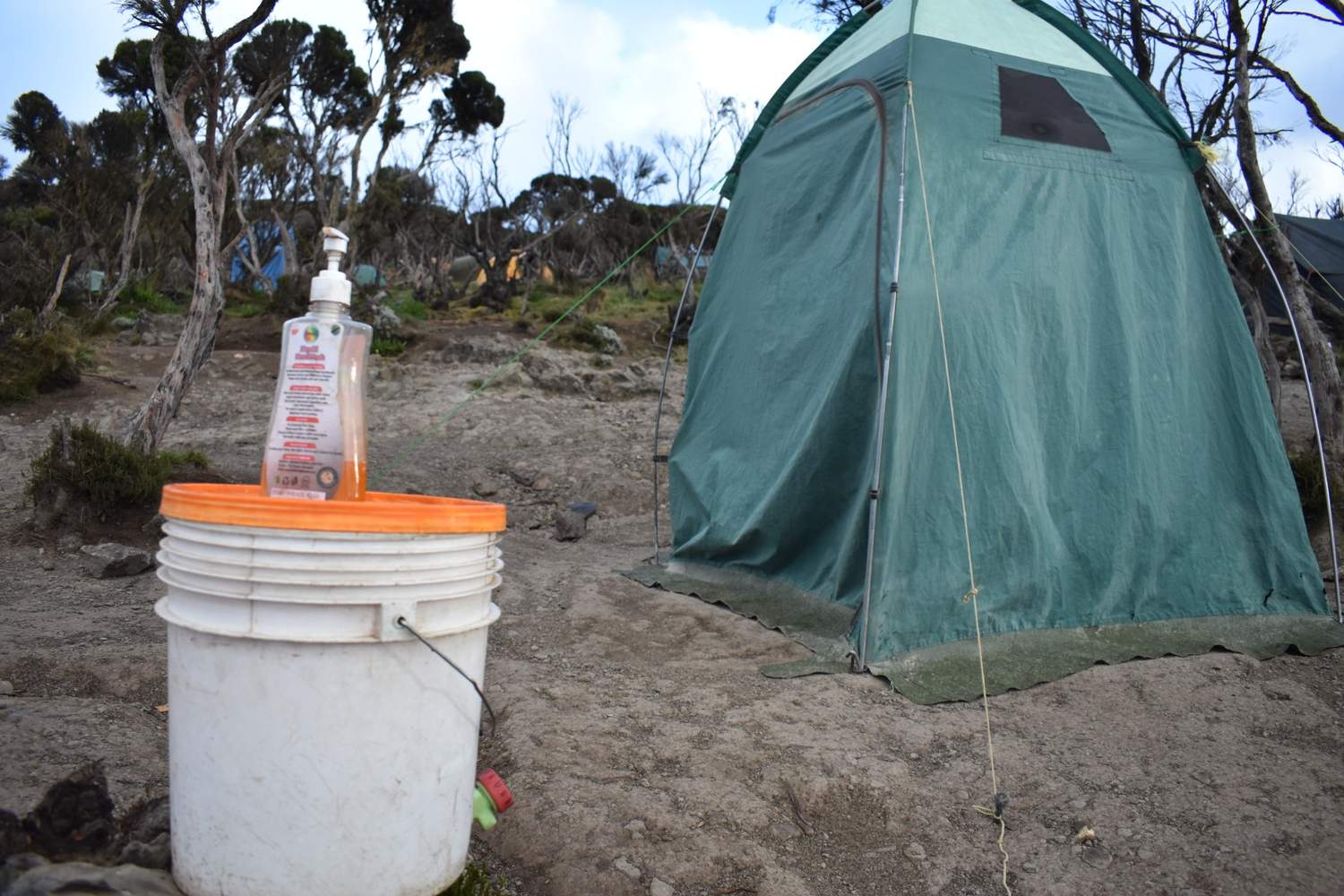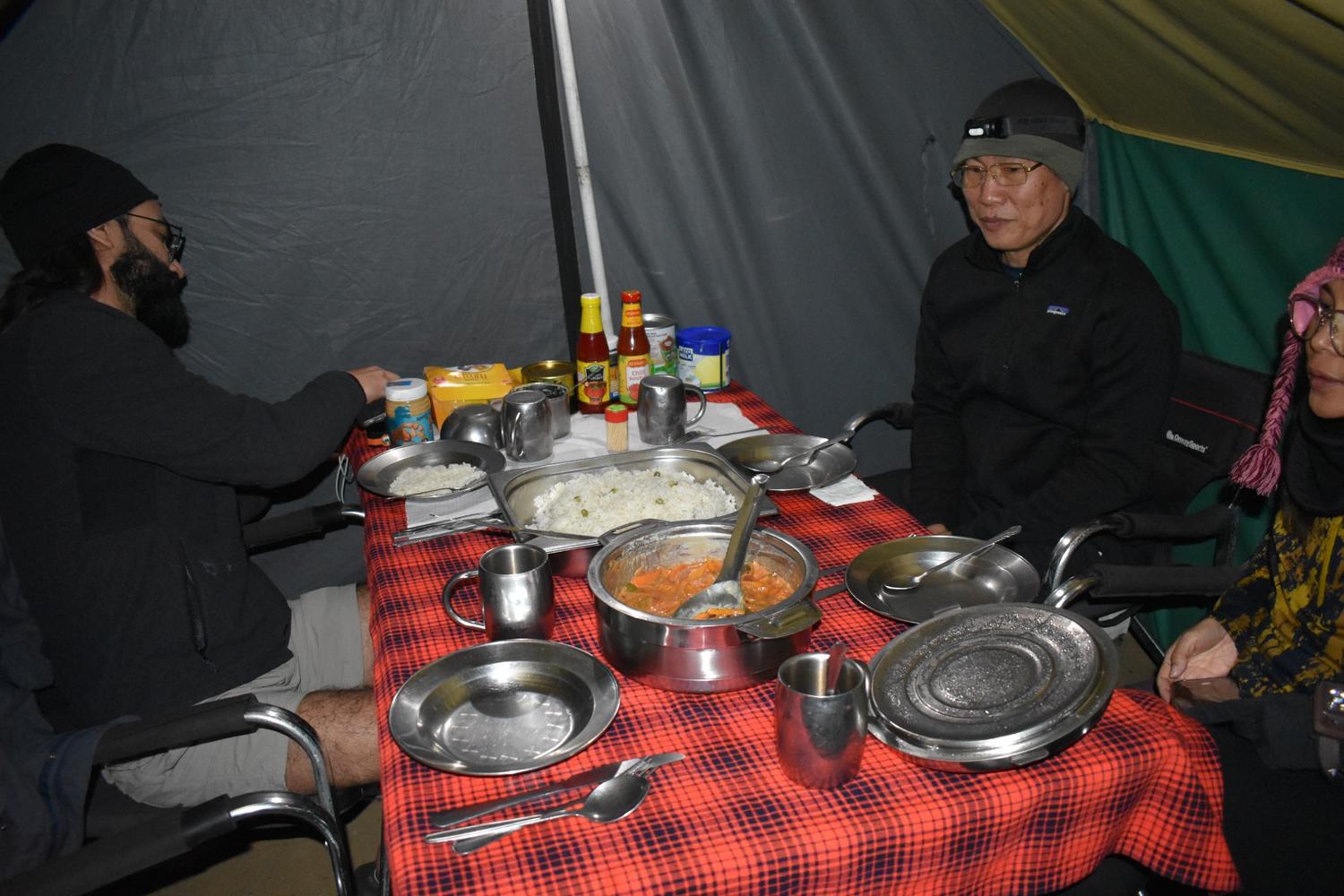Acetazolamide, or what is commonly sold under the trade name Diamox, is a drug that is used for various medical treatments – including glaucoma, sleep apnea, epilepsy and hypertension.
It is also used to help mitigate the effects of altitude sickness.
Whether or not to take altitude sickness tablets on Kilimanjaro is a question you are going to face when you start your preparations to reach the Roof of Africa.
In this article I briefly describe what Diamox is, what it does that helps with altitude sickness and whether it is worth using Diamox on Kilimanjaro.
My Quick Takeaways:
Thinking about using Diamox for your Kilimanjaro climb? Here’s what you need to know:
- Helps Prevent Altitude Sickness: Diamox (acetazolamide) speeds up acclimatisation by helping your body adjust to lower oxygen levels.
- Not a Magic Fix: It reduces the risk of altitude sickness but doesn’t replace proper acclimatisation—slow trekking is still essential.
- Common Side Effects: Tingling fingers, increased urination, and a weird taste with fizzy drinks are all normal.
- Start Before the Climb: Many trekkers take a trial dose a few days before to check for side effects.
- Prescription Needed: Speak to your doctor before taking Diamox—dosage and suitability vary per person.
Diamox can be a useful tool, but the real key to success? Taking it slow, staying hydrated, and listening to your body. Ready to learn more? Let’s go!

Plan your Kilimanjaro trek
Get a quote from my recommended local Kilimanjaro operator
Altitude Sickness Tablets Kilimanjaro

Taking Diamox can help prevent common altitude symptoms but it's not to be mistaken as a treatment for altitude sickness.
What is Diamox?
Diamox (aka Acetazolamide), as it is used for Acute Mountain Sickness (AMS) on Kilimanjaro, is a diuretic (i.e. it promotes the production of urine) and a prophylactic. It is is used as preventative medicine – not a cure!
It is also a carbonic anhydrase inhibitor (ahem, what?).
Essentially this means that it promotes the excretion, via urine, of bicarbonate – which is why it is useful for altitude sickness
Diamox and altitude sickness
The excretion of bicarbonate increases the acidity of the blood, as bicarbonate is a conjugate base of carbonic acid. Increased acidity in the blood is equated by our bodies as increased CO2.
The body responds to the imaginary excess CO2 by breathing deeper and faster to get rid of the CO2. Deeper, faster breathing increases the amount of oxygen received by the blood.
This helps with the acclimatisation process and helps prevent the onset of AMS symptoms.
My Pro Tip: It is important to note that using Diamox on Kilimanjaro does not cure the symptoms of AMS, it merely helps prevent the onset of symptoms.
Once AMS symptoms have started, the only way to stop them is descent. Therefore, under no circumstances should Diamox be used to continue an ascent with AMS.

Plan your Kilimanjaro trek
Get a quote from my recommended local Kilimanjaro operator
So is it worth using taking altitude sickness tablets on Kilimanjaro?
In short, yes.
Anything that is going to help you reach the summit safely should be considered a worthy investment.
Obviously you should first consult your doctor to check whether Diamox is a suitable drug given your particular medical history.
It is not suitable for pregnant women or anyone with kidney or liver disease issues (obviously these people shouldn’t be climbing Kilimanjaro in the first place).
I recommend taking Diamox for 2-3 days 2 weeks before departure to test whether you experience any side effects.
Typical side effects associated with Diamox are:
- Frequent urination – everyone experiences this when taking Diamox. It can result in the development of kidney stones so it is important that you drink loads of fluids whilst taking the medication.
- Numbness and tingling in the fingers, toes and face – Many people experience this side effect when taking Diamox. The sensation is a little discomforting but not dangerous
- Taste alterations (some foods might taste weird)
- Nausea, vomiting and diarrhoea – this is rare. These side effects should be identified during your test before departing for Kilimanjaro. Unfortunately, these side effects are common with AMS and therefore can easily be misdiagnosed as AMS
- Drowsiness and confusion is also possible – again these side effects can be confused with AMS
When should I take Diamox for hiking Kilimanjaro?
Typically Diamox comes in 250mg tablets. Most people take half a tablet in the morning and half in the evening.
You should start taking tablets one day before arriving in Kilimanjaro and continue taking the same dosage for all ascent days.
If you are feeling good, this does not mean you can stop taking your tablets. It's surprising how many people we've seen make this mistake.
You can cease taking Diamox on descent.
My Final Thoughts
And there you have it: Everything you must know about using Diamox on Kilimanjaro. Any questions, feel free to leave a comment below, I will respond within 24 hours.
Check out more of my guides about hiking Kilimanjaro:



One day hike, which route would you recommend? that has the best views also lowest probability of altitude sickness. Looking to book end of November
Thank you
Hi Andriana, I believe the Marangu is the only route that one can do a day hike on. It goes to Mandara hut and back.
Hi, My doctor gave me a subscription for 500 mg capsules. What do I do with this now? It’s supposed to be tablets. The doctor’s office says it doesn’t come in tablets. 🙁
I’m doing Kilimanjaro in a couple of weeks time, I done Everest Base Camp two years ago. Not sure weather to take Diamox I did not suffer altitude sickness at base camp, I did not take Diamox Those people who did take Diamox suffered worse with side effects than those that didn’t suffered from altitude sickness. Is it a personal choice. Please advise. Many Thanks.
Hi Glen, there’s no mandatory requirement to take diamox and many people summit Kilimanjaro without using the medication. It’s a personal choice. There is evidence that it helps accelerate the acclimatisation process and thereby prevents the onset of altitude sickness. But it is not a cure for altitude sickness and should only be taken as a preventative measure, not a treatment solution.
I have heard you can get Diamox over the counter in Moshi; in a few days I will know if that is true. I got a prescription filled and am trying to take the Diamox through Dubai to Tanzania but i don;t know if customs in Dubai will let me. In a few days I’ll know if that is true. So it not only whether to take it and how much does it help (which wasn’t answered in this article; Group A took it, here is their success rate, Group B took a placebo, here is there success rate, Group C didn’t take anything, here is their success rate), it’s once you decide to take it, WHERE DO YOU GET IT?
Hi Steve, I’m not aware of any clinical / scientific trials that have categorically confirmed that Diamox helps prevent the onset of altitude sickness, but it is generally accepted that the drug does help. As for transporting the drug, I would recommend putting it in your hold luggage, this would avoid any issues through Dubai or other airports. I believe it is possible to get the drug in Moshi or Arusha, but as the old adage goes: better prepared than sorry. All the best!
what proportion of people use Diamox on Kilimanjaro?
i would have thought that most would not take Diamox for ethical reasons.
Not quite sure what the ethical argument would be against using Diamox on Kilimanjaro? It is very difficualt to estimate how many people use Diamox but if I were to hazard a guess I would say 20% of trekkers (1 in 5 people), excluding support crew who by and large would not use diamox. This is a total guestimate though.
I recently went up Kili (Jan 2016) and I highly recommend taking diamox prophylactically when/if you decide to go. Furthermore, if you are built on the muscular side or could lose a few pounds (you know who you are!), or weigh over 175 or so, I would consider taking 250 m twice a day, instead of 125 m. I started at 125, twice a day and did not do well. By day 4, I increased to 250 twice a day and felt much better.
Thanks Molly!
HI, thank you so much for all your helpful tips. They are so important. I am really looking forward to climbing MR K. in March 2016.
Thank you for “all” your helpful tips. I can’t wait to hike Mt. K and I feel more prepared after reading your 10 helpful tips and the article about Diamox.
Keep on Trekking!!!!
Marie
Always a pleasure to help Marie!